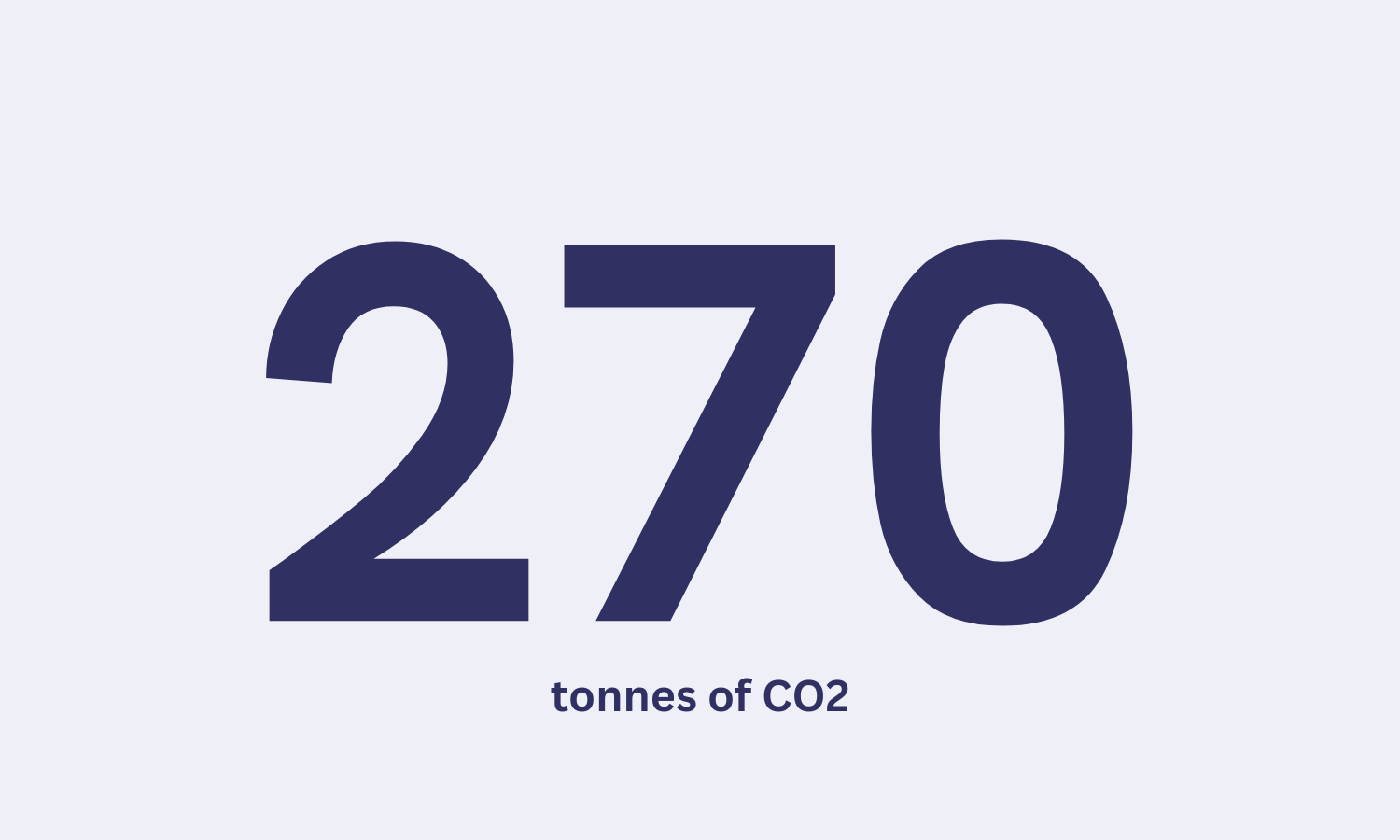Use Case: Carbon Impact
Deliver mail digitally - cut your carbon footprint
Is paper mail holding back your sustainability goals? Make the switch to secure email and take a meaningful step toward Net Zero.
%20(1).webp?width=938&height=563&name=Financial%20services%20leader%20on%20the%20phone%20talking%20about%20secure%20email%20sustainability%20(1)%20(1).webp)
The Road to Net Zero
Reaching Net Zero by 2050 means rethinking how we send information. We worked with Project Rome’s Professor Simon Pringle to compare the carbon impact of paper mail and secure email.
View our findings

Our research shows...

95% lower costs
Our consultancy process revealed that businesses with high mail volumes can save up to 95% on print, pack, and post by switching to secure email.

80% carbon reduction
Secure email reduces carbon output by over 80% when accounting for the full lifecycle of paper production and delivery.

270 tonnes of CO₂ saved
Aegon has saved an estimated 270 tonnes of CO₂ since switching to Mailock in 2019.
What could you save?
Take our 2-minute online assessment to estimate your potential carbon savings by switching from post to secure email.
Time to change?
Switching even part of your sensitive document output to secure email is a step forward - not just for the planet, but for your organisation’s security and compliance posture as durable-medium rules increasingly favour digital delivery.

The true cost of post

Carbon footprint
Every tonne of post generates around 3 tonnes of CO₂e & uses around 1,000 tonnes of water.

Rising costs
Paper prices rose by 60% in 2022. Royal Mail delivery costs increased between 10 and 18%.

Service interruptions
Postal strikes and cyber attacks have led to delays, lost documents, and customer dissatisfaction.

Legacy inefficiency
In a digital-first world, postal delivery introduces unnecessary delays to time-critical communications.

Security risk
Confidential post can be opened by anyone who handles it, putting customer data at risk.

Compliance issues
Once a letter is sent, there’s no way to control access in the event of a breach. Regulators such as the FCA increasingly recommend a 'digital by default' approach.
Switch from recorded post to secure email
Mailock enables organisations to send confidential communications securely to customers’ inboxes - cutting carbon, reducing risk, and boosting efficiency.




High response rates
Deliver direct to the email inbox and increase open and response rates.
Easy deployment
Integrate with your mail flow or ask your document production provider about integrating Mailock.
Managed service
Use our managed cloud platform or host the solution on-premise with Enterprise support.
Easy to use
Excellent service as always. Very easy to use. Well done Beyond Encryption!

Kim
Mailock recipient
Excellent service
My query was dealt with efficiently & promptly. You were very patient!

Clarissa
Mailock Recipient
Safe & secure
Fast - and good to know my details are safe. Easy for me to work out.

James
Mailock Recipient
Simple setup
I'm no technical wizard, but setting it up was very easy for me.
Chris
Mailock recipient
Used it for years
Been using this for years- if ever I have an issue it's solved quickly and efficiently.

Heather
Mailock recipient
Peace of mind
It's reassuring to know that no one else can access my information.

Charlie
Mailock recipient
Product Info
Explore Mailock

Pro
For regulated teams and professionals
Protect sensitive emails with advanced tools for encryption, authentication, and message control in Outlook or web.
.png?width=900&height=525&name=Customer%20service%20agent%20smiling%20in%20office%20with%20colleagues%20(1).png)
Enterprise
For organisation-wide protection
Apply policy-based encryption and recipient authentication across your entire mail flow with our secure gateway.

Automated
For secure high-volume delivery
Send thousands of secure, authenticated emails automatically using rule-based triggers and system integrations.

Questions?
Talk to us
Book a demo with our team to see Mailock in action and get your questions answered.
Related Content
Overcoming Barriers In Your Postal To Digital Communications Journey
Learn how to transition your financial services organisation from postal to digital communications, overcoming challenges, and reaping benefits.
Forging A Pathway to Carbon Zero with Cat Dillon
We explore how businesses can take big and small steps that align with their bottom line goals as well as helping to build a sustainable future.
Reassessing The ESG Hierarchy With Simon Pringle (Podcast)
We chatted with Professor Simon Pringle about the future of ESG (environmental, social, and governance) for podcast episode 7.
